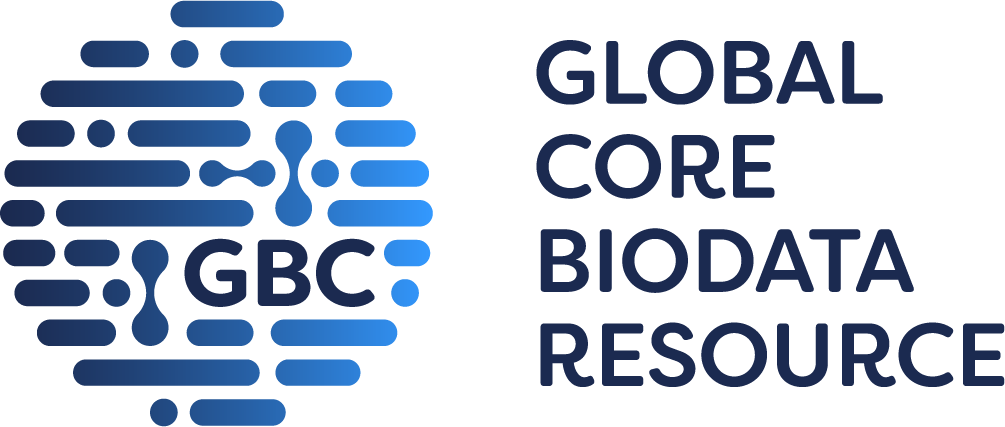1.13.11.18: persulfide dioxygenase
This is an abbreviated version!
For detailed information about persulfide dioxygenase, go to the full flat file.

Word Map on EC 1.13.11.18 
-
1.13.11.18
-
social
-
ethylmalonic
-
encephalopathy
-
attitudes
-
authoritarianism
-
right-wing
-
prejudice
-
ideology
-
thiosulfate
-
intergroup
-
petechia
-
acrocyanosis
-
political
-
rhodanese
-
polysulfides
-
sulfide:quinone
-
inequality
-
group-based
-
orthostatic
-
conservatism
-
lesbian
-
cross-lagged
-
endorsement
-
pseudaminobacter
-
1-hydroxy-2-naphthoate
-
ingroup
-
medicine
- 1.13.11.18
-
social
-
ethylmalonic
- encephalopathy
-
attitudes
-
authoritarianism
-
right-wing
-
prejudice
-
ideology
- thiosulfate
-
intergroup
-
petechia
-
acrocyanosis
-
political
- rhodanese
- polysulfides
-
sulfide:quinone
-
inequality
-
group-based
-
orthostatic
-
conservatism
-
lesbian
-
cross-lagged
-
endorsement
-
pseudaminobacter
- 1-hydroxy-2-naphthoate
-
ingroup
- medicine
Reaction
Synonyms
AFE_0269, BAE27_01805, BpPRF, cPDO-PT, CstB, ETHE1, ETHE1-like sulfur dioxygenase, Ethe2, Fe(II)-containing persulfide dioxygenase, Gly3, PDO, PRF, SDO, SOR, sulfide dioxygenase, sulfur dioxygenase, sulfur oxygenase, sulfur oxygenase/reductase
ECTree
Advanced search results
General Information
General Information on EC 1.13.11.18 - persulfide dioxygenase
Please wait a moment until all data is loaded. This message will disappear when all data is loaded.
evolution
malfunction
physiological function
additional information
-
residue Cys314, located in the rhodanese-active site, is captured in its persulfidated Cys-SSH form. The PDO-active site is located at the bottom of a large pocket framed on one side by a positively charged ridge comprising residues Arg193-Lys216 and by Tyr176 on the other
CstB is a multifunctional Fe(II)-containing persulfide dioxygenase (PDO), analogous to the vertebrate protein ETHE1, ethylmalonic encephalopathy protein 1
evolution
-
enzyme persulfide dioygenase, PDO, is a member of the 2His-1Asp mononuclear iron-containing enzyme superfamily
-
ethylmalonic encephalopathy is caused by mutations in the mitochondrial matrix sulfur dioxygenase ETHE1 leading to failure to detoxify sulfide, a product of intestinal anaerobes and, in trace amounts, tissues
malfunction
-
ethylmalonic encephalopathy is caused by mutations in the mitochondrial matrix sulfur dioxygenase ETHE1 leading to failure to detoxify sulfide, a product of intestinal anaerobes and, in trace amounts, tissues
malfunction
seeds homozygous for a DNA insertion in ETHE1 exhibit alterations in endosperm development that are accompanied by a delay in embryo development followed by embryo arrest by early heart stage
malfunction
by overexpressing sdo in strain ATCC 23270, a 91fold increased sdo transcriptional level and a 2.5fold increase in SDO activity are observed when sulfur S0 is used as sole energy source. The sdo knockout mutant displays a slightly reduced growth capacity in S0-medium compared with the wild type but still maintains high S0-oxidizing activity, suggesting that there is at least one other S0-oxidizing enzyme besides SDO in Acidithiobacillus ferrooxidans ATCC 23270 cells
malfunction
stB C201S and C408S mutants are unable to rescue a NaHS-induced DELTAcstB
ETHE1 appears to play an essential role in regulating sulfide levels in seeds, it is essential for early seed development
physiological function
-
natural fusions between the non-heme iron containing PDO and rhodanese, a thiol sulfurtransferase, exist in some bacteria, e.g. in Burkholderia phytofirmans. The two active sites in PRF are distant and do not show evidence of direct communication. The Burkholderia phytofirmans PRF exhibits robust PDO activity and preferentially catalyzes sulfur transfer in the direction of thiosulfate to sulfite and glutathione persulfide, while sulfur transfer in the reverse direction is detectable only under limited turnover conditions. Burkholderia phytofirmans PRF is poised to metabolize thiosulfate to sulfite in a sulfur assimilation pathway rather than in sulfide stress response
physiological function
the enzyme is a multidomain persulfide dioxygenase-sulfurtransferase, a multifunctional Fe(II)-containing persulfide dioxygenase. Enzyme CstB oxidizes major cellular low molecular weight persulfide substrates from Staphylococcus aureus, coenzyme A persulfide (CoASSH) and bacillithiol persulfide (BSSH), directly to generate thiosulfate and reduced thiols, thereby avoiding the cellular toxicity of sulfite. Both residue Cys201 in the N-terminal PDO domain (CstBPDO) and residue Cys408 in the C-terminal rhodanese domain (CstBRhod) strongly enhance the thiosulfate generating activity of CstB. CstB also possesses persulfide transferase (reverse rhodanese) activity which generates thiosulfate when provided with LMW persulfides and sulfite, as well as conventional thiosulfate transferase (TST, rhodanese) activity. Both activities require residue Cys408. CstB protects Staphylococcus aureus against H2S toxicity
physiological function
-
the worm living in coastal burrows is periodically exposed to the sulfide, a mixture of H2S, HS- and S2+, during low tide. Mitochondrial sulfide oxidation is an important strategy that allows organisms to avoid injury from sulfide exposure, and sulfur dioxygenase (SDO) plays an essential role. The hindgut of the worm plays more important role than the midgut in sulfide tolerance
physiological function
shading of the siliques has no morphological effect on embryogenesis in wild-type plants. In a knock-down line ethe1-1 with about 1% residual sulfur dioxygenase activity, the developmental delay is already visible in seeds under control conditions and is further enhanced in the darkness. Dark conditions strongly affect seed uality parameters of both wild-ype and mutant plants. Sulfur dioxygenase deficiency leads to defects in endosperm development


 results (
results ( results (
results ( top
top






